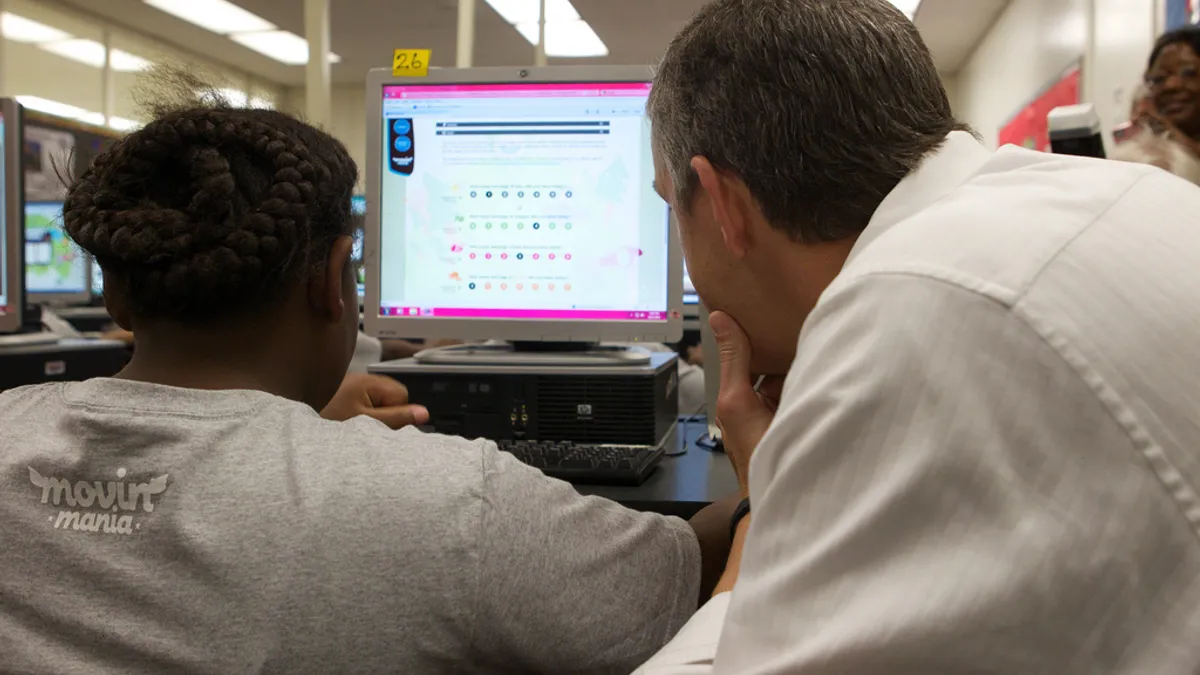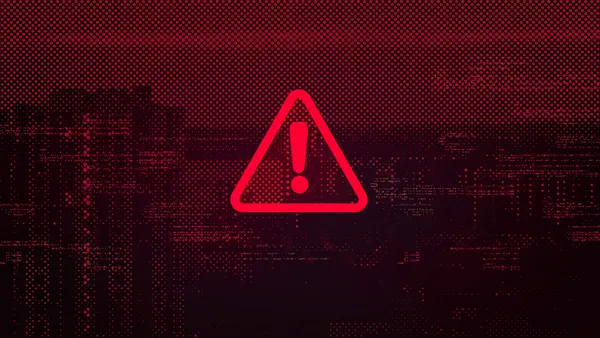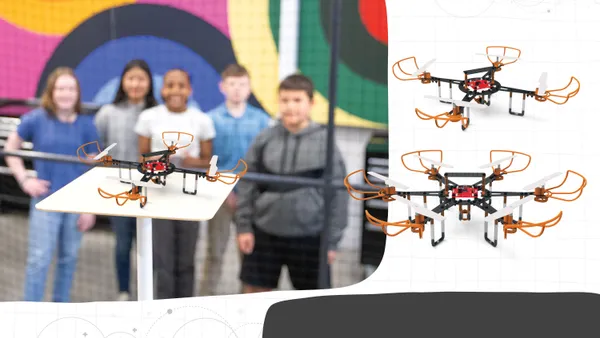Dive Brief:
- At Mineral Point Elementary School in Wisconsin, students in an art class use the app Seesaw to capture their work online, giving their teacher time to offer personalized assistance while letting them guide their own learning, Principal Matt Renwick writes for eSchoolNews.
- While digital portfolios like this aren’t new, their adoption has been slow, Renwick notes, because educators also have to adjust the way they teach for these programs to work — though he notes the best digital portfolios show a process in play, with all the missteps and thoughts that occurred along the way to a final product.
- Students should also have a role and a voice in how these portfolios are assessed, with the work serving as more than just a tool for grading, but as a way for them to look at their learning paths throughout the year.
Dive Insight:
Digital portfolios are of interest to administrators and educators looking to step away from the rote path of standardized assessments. Portfolios allow students to reveal learning in a way that is often more richly detailed while also helping them build digital skills they’ll almost certainly require when they finish their educations and head into the working world.
For students using tech tools in classrooms, the practice of weaving digital portfolios into curriculum can be adopted easily. Children who file papers or any other kind of work online have already done the crucial first step. Next would be to aggregate those materials into a program, many of which, like Dreamdo or Sesame, are free. Even basic programs like Dropbox and Google’s G Suite can help students share and house their work for access, via invitation, by others.
Educators can also create a more tailored approach, asking students to build a portfolio focusing on a specific task or skill they’re expected to master. The upside is that students who aren’t feeling the stress of showing all their learning in one sitting are “relaxed and working at their own pace,” as Adam Williams noted in his 2013 paper, “ePortfolios: Helping Students Take Control of Their Learning.”
“EPortfolios allow students to learn the required material with depth and self-reflection,” he wrote. “They also help students learn digital skills that will pay off in the future no matter what path they choose.”
A crucial downside is that not all schools, nor all students, have access to tech tools. Though most do at this point, there is an assumption here of digital parity, which isn't true for every district or even every school site within a district.
Students also need fluency in these digital tools in order to show their work. A multiple choice assessment requires no more than a No. 2 pencil and a computer sheet. Digital portfolios, which can certainly show more in-depth and nuanced work, require computers, digital apps and an understanding of how to use the programs before they can be properly tapped.
For schools that can offer these tools and teachers who can adapt to a portfolio-assessment classroom, the benefits are potentially high: students who have more time and (virtual) space to show their learning, while also incorporating and demonstrating high-demand soft skills like communication, collaboration and time management alongside the aforementioned digital skills..








 Dive Awards
Dive Awards






